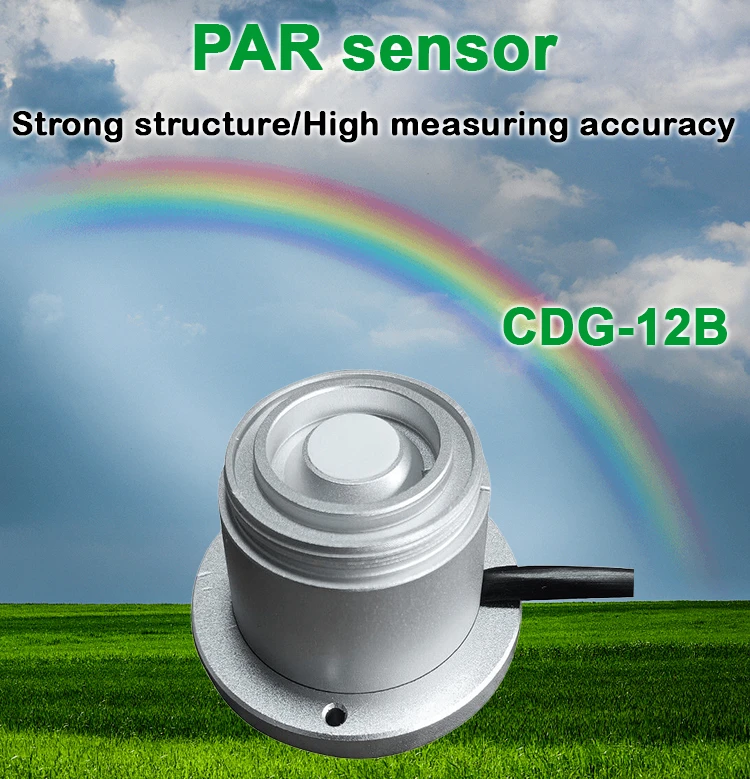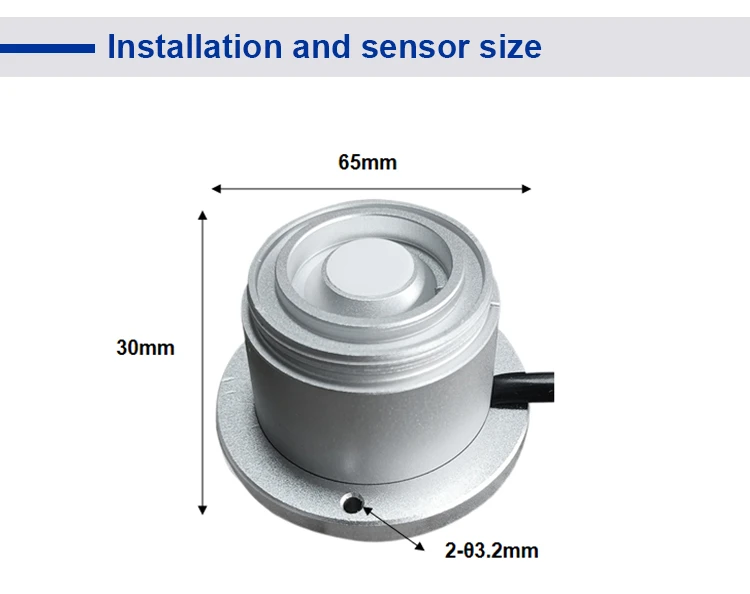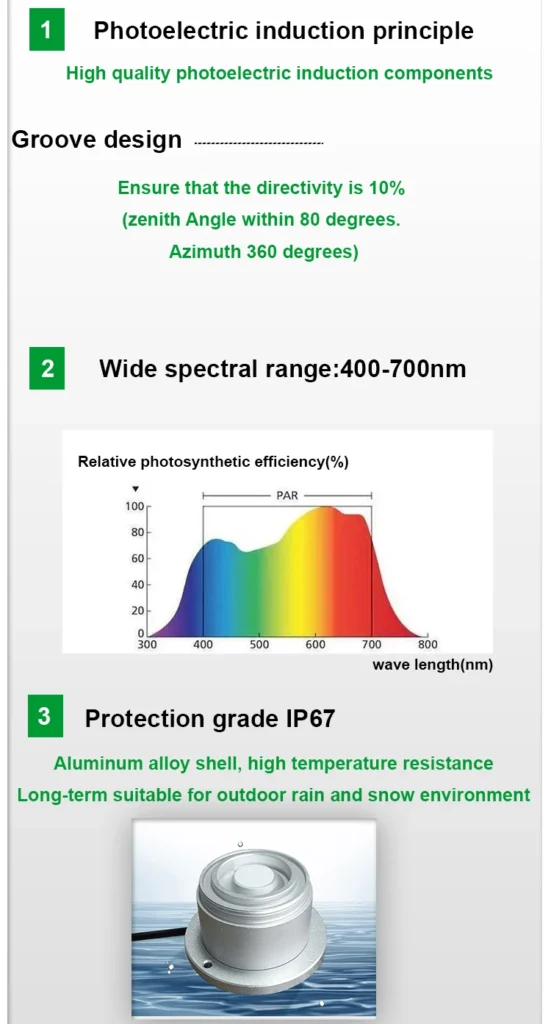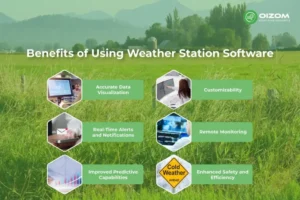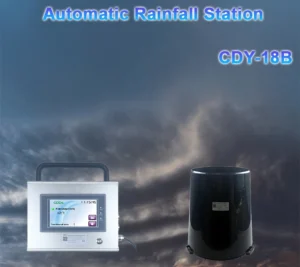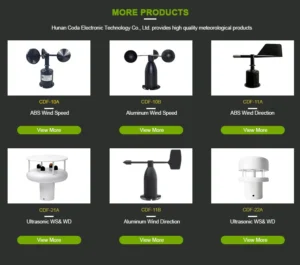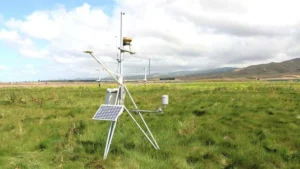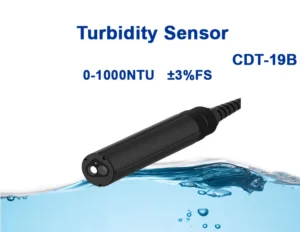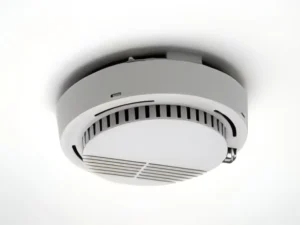1.What is the difference between PAR Meter and LUX?
The PAR sensor meter measures Photosynthetically Active Radiation. LUX measures light in LUX. Both metrics assess light, but they look at different aspects. These differences matter in many situations.
Quantum PAR (Photosynthetically Active Radiation):
PAR meters measure the light that plants use for photosynthesis. This light comes from both the sun and artificial sources. It is part of the visible spectrum, usually ranging from 400 to 700 nanometers. Plants can turn this light into chemical energy.
PAR is important for plant growth and development. It is the main energy source for photosynthesis. Devices that measure PAR show how strong this light is. We measure it in micromoles per square meter per second (μmol/m²/s).
2. LUX (Luminous Flux Measured in LUX Units):
LUX is a unit that measures how much light hits a surface. One lux equals one lumen per square meter. We use this unit to show how bright a light source appears to the human eye.
We cover the whole visible light spectrum, which goes from about 380 to 780 nanometers. We adjust it using a standard photopic vision spectrum.
This spectrum shows how the human eye responds to different light wavelengths. LUX is important in lighting design and photography. It matters because light quality and intensity affect how we see.
LUX measures the amount of visible light hitting a surface. It does not focus on the light wavelengths that plants need for photosynthesis. People often use LUX to check light brightness in different places, like indoors, outdoors, and sometimes in gardening.
Both PAR sensor meters and LUX are units for measuring light. PAR focuses on the light spectrum from 400 to 700 nm. This range is important for plant photosynthesis. LUX measures the overall brightness of light for human vision. It looks at the entire visible spectrum.
